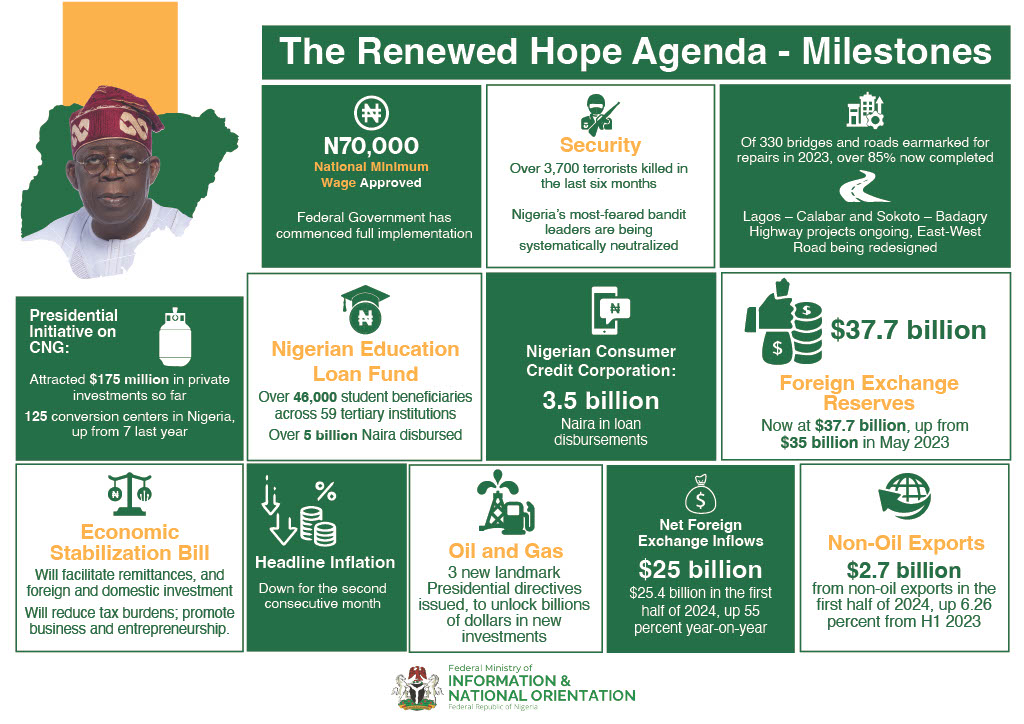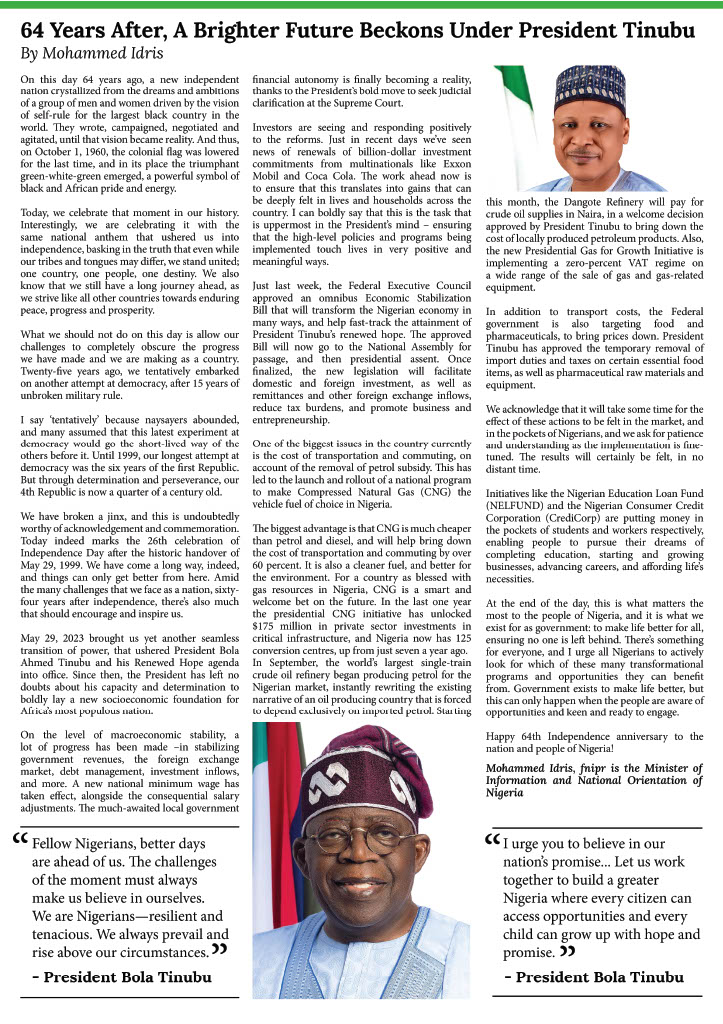The National Bureau of Statistics (NBS) released the Consumer Price Index (CPI) figures for March 2016 yesterday with the major Headline Index and Sub-indices trending higher.
March Headline Inflation – measured Year-on-Year (Y-o-Y) was estimated at 12.8%, 1.4% higher than 11.4% reported in February. Headline inflation has continued on a steady rise since December 2014 (8.0%) with the only moderation in October 2015.
The current inflation level is the highest recorded since August 2012 (11.7%). According to the NBS report, the acceleration in March CPI growth was driven by faster growth rates across all divisions save for the Restaurants and Hotels division which increased at a slower pace Y-o-Y for the second consecutive month.
In the same vein, the Food sub-Index (Farm Produce and Processed Foods) rose 12.7% Y-o-Y and the Core sub-Index (All items less farm produce) grew by 12.2% Y-o-Y relative to 11.0% growth in February.
Food Inflation at 3-Year High of 12.7% Y-o-Y, Increased by 2.3% M-o-M
The food sub-index grew at a faster pace for the 5th consecutive month as higher transportation costs, which can be broadly attributed to the recurring fuel scarcity, coupled with seasonal changes as well as the lingering foreign exchange challenges, pressured food prices higher in the month under review.
The FX pass-through is evident in the 15.1% Y-o-Y and 2.6% M-o-M growth in Imported Food index. The Food index rose 12.7% Y-o-Y which is the highest level since May 2012 (12.9%), 1.4% higher than 11.4% recorded in February and also grew 2.3% M-o-M.
The fastest increases were recorded in the Fish, Bread, Vegetables and Cereals groups for the 3rd consecutive month.
The current pressures facing food prices are expected to persist on account of 1) effect of the start of the planting season and 2) higher prices of imported food items driven by overhanging Forex challenges.
Core Inflation Rate up 1.2%settling at 12.2%
The Core index rose to a 3-year high of 12.2% Y-o-Y from 11.0% recorded in February but slowed to 1.9% M-o-M from 2.7% in February.
The rise in core inflation is also linked to the Forex issues which have driven importation costs of both food and non-food items northwards as well as the scarcity of petrol which persisted through the month and lower base impact of the adjustment of electricity tariffs done in February.
All key divisions under the core sub-index increased at a faster pace except the Restaurants and Hotels division which slowed for the 3rd consecutive month (from 9.0% Y-o-Y in January to 8.7% in March).
The fastest increases were recorded in the Imported Food and prices of Energy & Utilities – Housing, Water, Electricity, Gas and Other Fuel division – which rose 15.1% and 15.9% Y-o-Y; 2.6% and 2.2% M-o-M respectively.
The Inflation expectation of Core Index is equally elevated given lower base impact of higher electricity tariffs implemented in February and subsisting supply constraints in the FX markets.
Implications and Expectations
Although the recorded higher headline and sub-indices inflation level for March is in line with our expectation for the month, but broadly lagged analysts’ forecasts. We reiterate that the current inflation trend remains primarily driven by cost–push factors.
However, the surprising twist in monetary policy objectives to inflation-targeting at the last MPC meeting and aggressive OMO mop-ups raise further questions on the potency of the tools currently being deployed in taming inflationary pressures.
Moreso that the only potential benefit of the current tightening of policy – increase in portfolio capital inflows – is being undermined by subsisting capital controls in the FX market and weak fundamentals of companies due to low productivity and energy shortages.
These have combined to weaken overall sentiment of investors in the capital market. The Minister of Finance and the Central Bank Governor have repeatedly mentioned plans to reform the FX market and we do not expect any major reaction by the CBN to the data until such plans are communicated. Regardless, we think investors in the fixed income market will continue to price-in tighter monetary policy expectations (especially via OMO instrument) into valuation.










